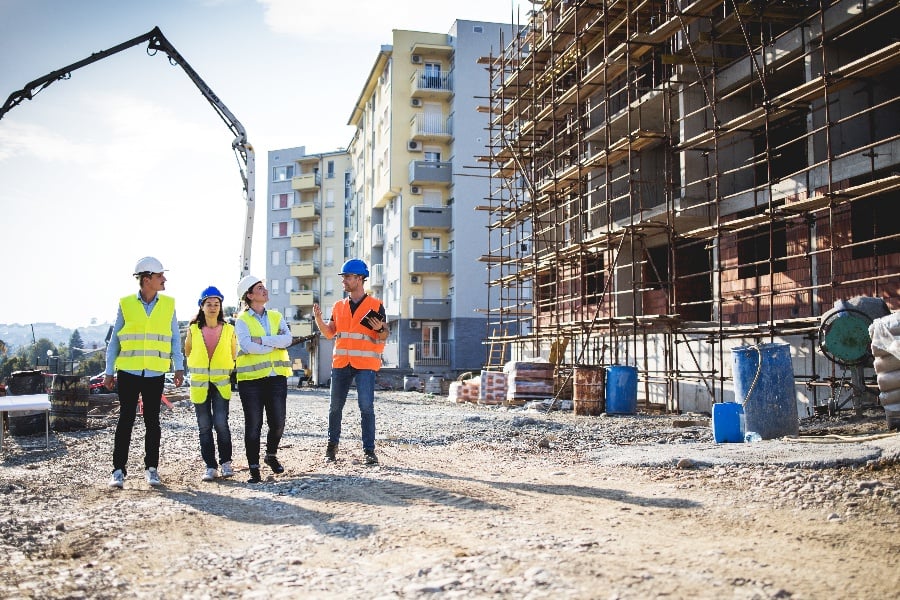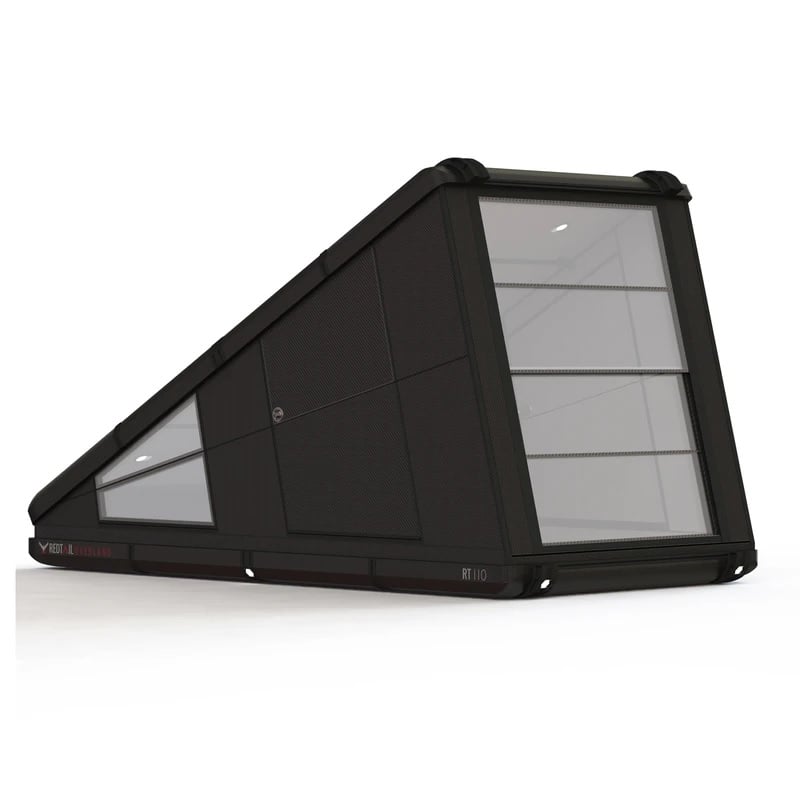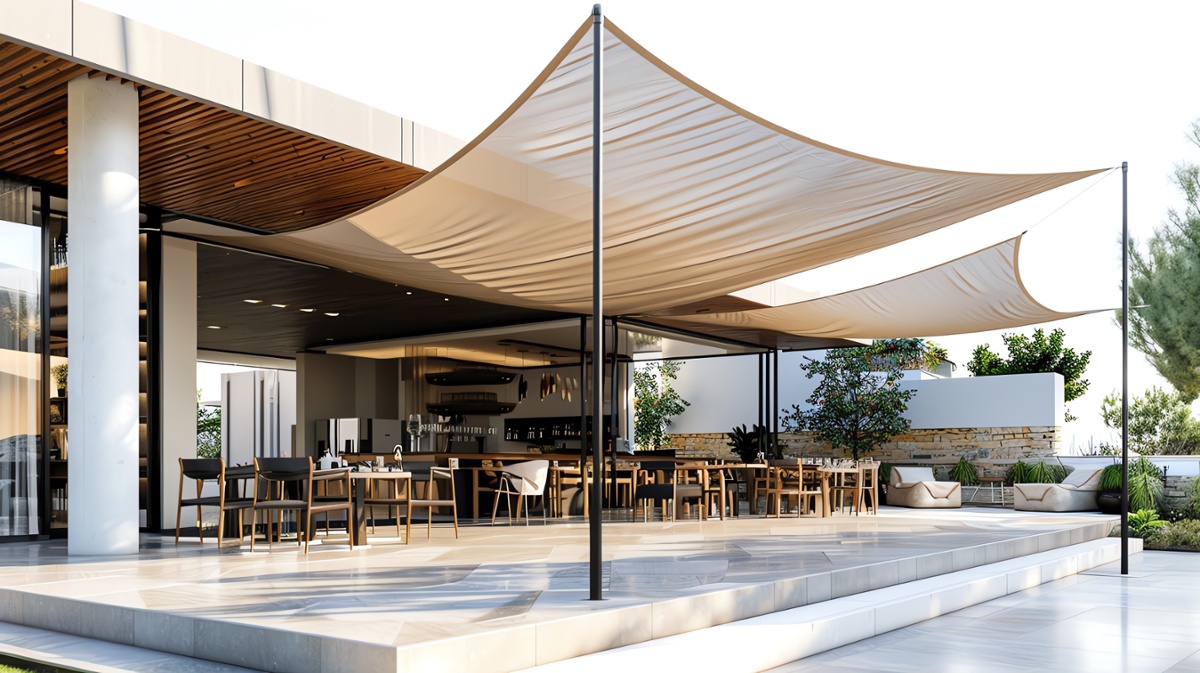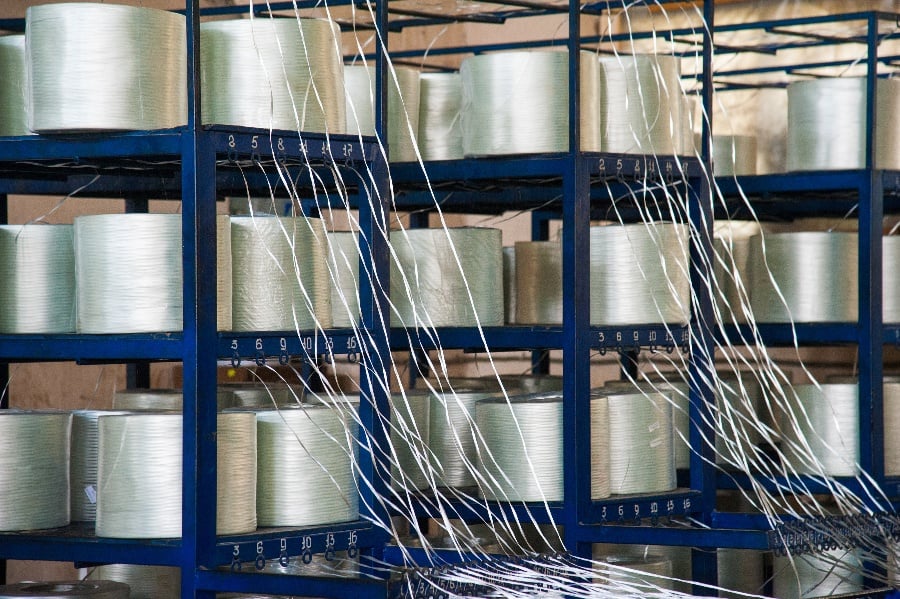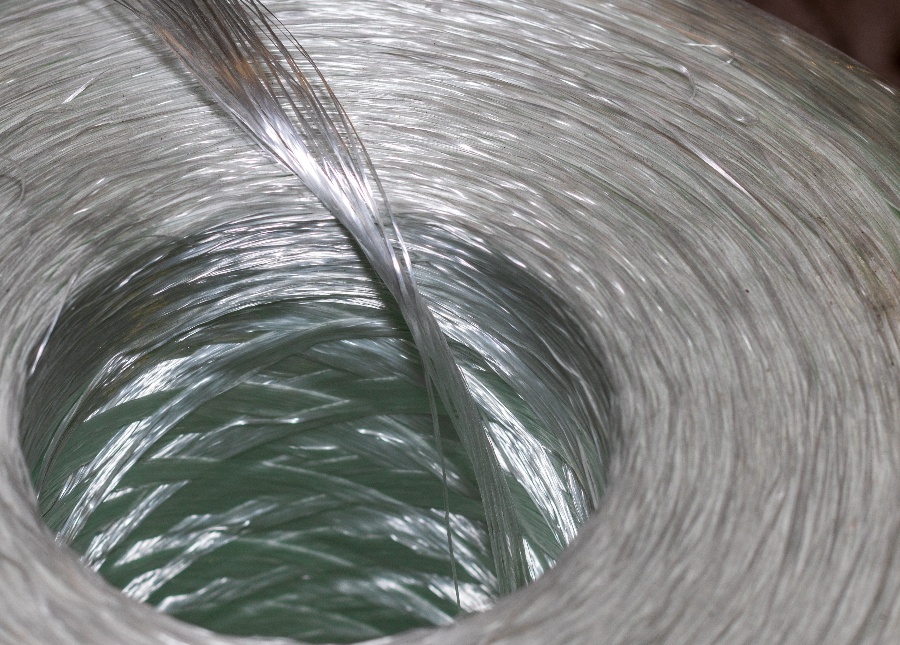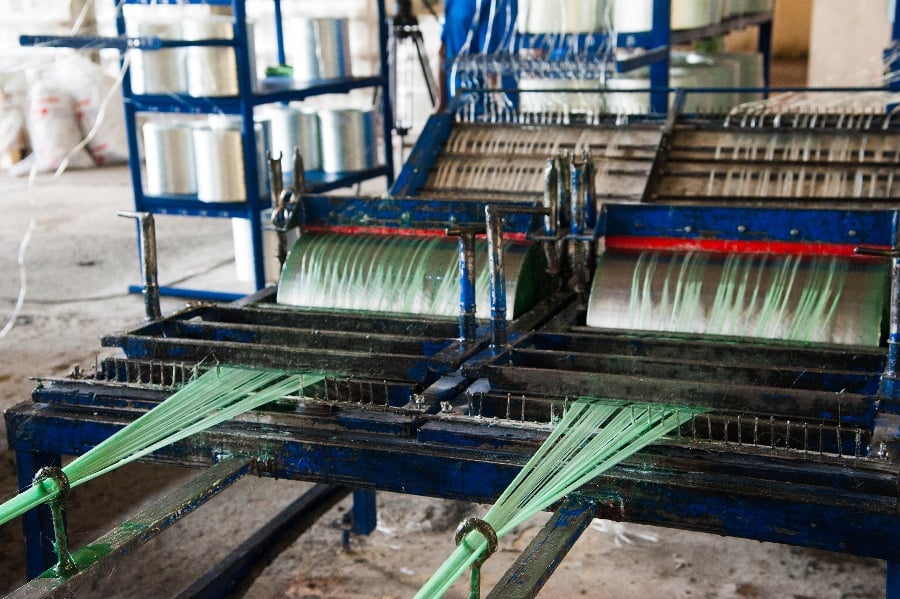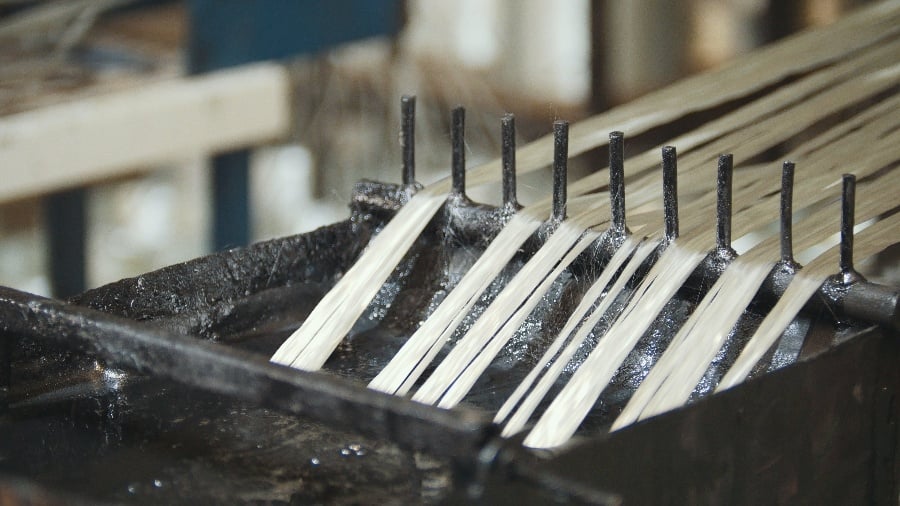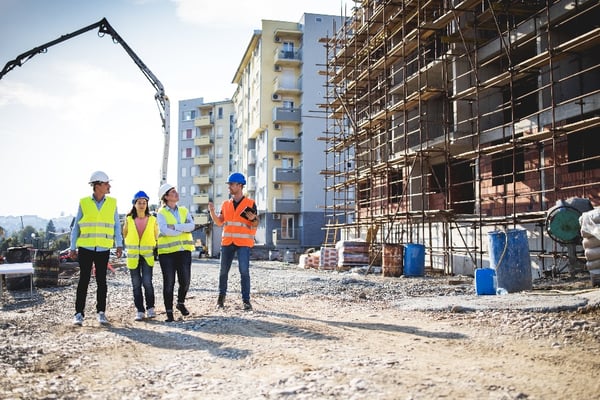
When budgeting and laying out new construction, it’s important to use the best materials for the job. Costs, durability, safety, and maintenance are all critical factors when selecting construction materials, especially in public and commercial projects where the public will come into contact with the finished product.
While conventional construction materials such as steel and wood have been used for centuries, there are advantages to opting for more hardy and modern materials, such as fiber-reinforced polymers (FRPs) and fiberglass manufactured through pultrusion.
If you are interested in finding out how pultruded FRPs might help in your construction project but are hesitant to switch from more traditional materials, now is the time to do so.
To help you make the decision, we’ve rounded up core benefits of FRPs compared to structural timber and steel for construction applications.
Pultrusion vs Wood in Construction
Wood is one of the oldest construction materials ever used, having been used in a wide array of applications for hundreds of years. It is a fairly strong material and readily available by a wide array of suppliers, hence its continued use as a construction material in commercial and residential applications alike.
However, wood is extremely susceptible to the elements and can decay fairly quickly when exposed to harsh conditions. Humidity can cause expansion and shrinkage, while repeated exposure to sun and heat can lead to corrosion and warping.
While wood is relatively soft and easy to work with as a construction material, it does require a degree of patience and specialization.
Cutting, measuring, and shaping into structural and design elements for construction requires years of training and a number of specialty tools, saws, and lathes to get the perfect piece.
Once it has been cut and shaped, wood is unforgiving—a mismeasured or miscut piece of wood cannot be salvaged, and waste cannot be recycled.
Unlike wood, pultruded fiberglass does not decay after exposure to the sun, water, or extreme temperatures. It does not mildew, rot, or warp, and cannot be infested by insects. Pultruded FRPs are also very easy to work with, and any excess parts or waste can be safely recycled to reduce environmental impact
Additionally, pultruded products are non-conductive, unlike wood once it becomes wet. Wood is also, of course, highly flammable, and adding flame retardants to wood can be costly.
With pultrusion, fire retardant and temperature resistant additives can be included during initial manufacturing at a significantly lower cost and higher effectiveness than coatings or films.
In residential construction applications, wood might be chosen for aesthetic appeal over other materials. However, pultruded FRPs can be molded and dyed to match with virtually any architectural style.
Especially when compared to non-structural but extremely important construction parts, such as window reinforcements, pultruded fiberglass offers an extremely customizable material that offers superior performance to wood without compromising design.
During construction, freight costs for materials can add up quickly and potentially make or break a project budget. When compared to structural timber, pultruded products are very lightweight, while delivering superior strength and rigidity in the same applications.
Pultrusion vs Steel in Construction
Steel presents a rigid, sturdy alternative to wood construction. Steel is far more durable than wood but still is susceptible to the elements while weakening over time.
Rust, water damage, and damage from chemical exposure lead to weakening, creating ongoing costs for maintenance through galvanization or painting, in addition to longer-term costs of repairs and replacement.
Additionally, pultruded products are stronger than steel, pound for pound, and are able to withstand greater stress over longer periods of time.
Steel also poses certain security risks due to its conductivity. Unlike steel, FRP pultrusion does not conduct heat or electricity, making it safer both during construction and in completed buildings.
During construction, steel requires specialized welders and skilled labor to ensure that structures are built safely and correctly. Because pultruded products are lightweight, they do not require specialized equipment or processes to work with, making them easier to install.
In addition to being difficult to work with on a construction site, steel parts are expensive to manufacture and heavy, making freight costs extremely high.
Pultruded parts have lower freight costs, and customization of parts is quick and simple during manufacturing with custom dies.
Unique Advantages of Pultruded Fiberglass
Pultruded FRPs are extremely versatile when compared to wood and metal construction materials, largely because of the unique ability to manufacture parts to exact specifications for every application.
In addition to non conductive properties to protect against electrical and heat damage, FRP products are also transparent to radio waves and electromagnetic interference/radio-frequency interference (EMI/RFI) transmissions, making them ideal for many types of radio, radar, and antenna applications.
In addition to these properties, various fiber types and specialty resins can be used in the production processes to enhance other resistances.
Compounds enhancing UV resistance, fire retardants, and super high strength can be added to the resin bath so that these properties are included in pultruded parts from the very beginning of the product’s life.
Fibers such as E-glass and mat, carbon, and Kevlar can be used with these specialty resins and compounds such as polyester, vinylester, epoxy, phenolic, and polyurethane to develop the perfect product for any unique construction need.
Choosing Pultrusion for Construction
When considering overall construction costs, it’s important to factor in long-term durability.
There are an estimated $4.6 trillion dollars of repairs and replacements to be made to utility and transportation infrastructure needed over the coming decade, with even more repairs and replacements needed in commercial, residential, and public construction.
To spend budgets more effectively and reduce ongoing maintenance costs, pultrusion holds a clear advantage over traditional construction materials such as wood and steel.
Pultrusion can be used in standard applications such as poles, channels, and reinforcement bars.
The production process is extremely versatile, lending itself to custom parts to solve unique architectural challenges—it’s no wonder that pultrusion is currently one of the fastest-growing industries within construction.
If you’re interested to learn more about how pultrusion can help your construction project, don’t hesitate to contact us for a quote.

